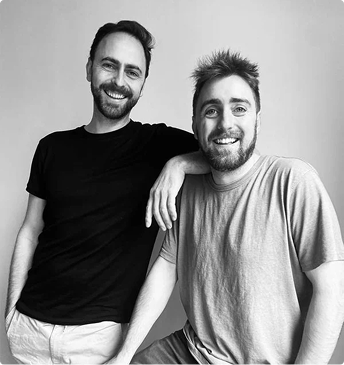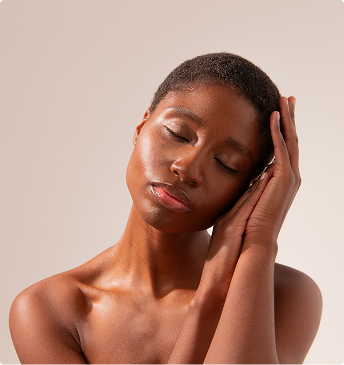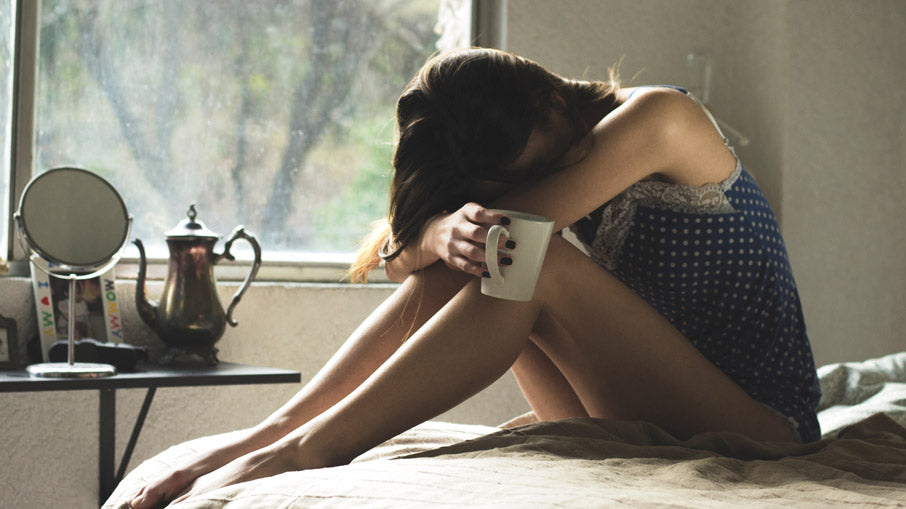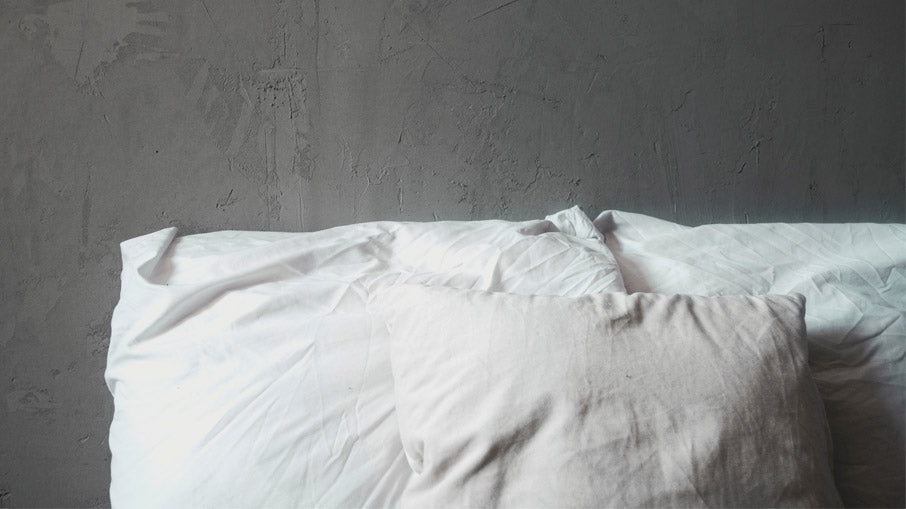How ASMR Could Supercharge Your Sleep Game
If you’re a regular visitor to YouTube (especially if you’ve searched for one of those relaxing sleep-help videos late at night) the chances are you’ll have come across some slightly strange content of people whispering into the camera whilst simultaneously playing with brush bristles, scissors, plastic cups and even seafood would you believe it? Sound strange? Introducing… ASMR.
Despite this condition probably having existed for years, the term ASMR doesn’t have much of history. It was given its debut on Facebook by a woman called Jennifer Allen in 2010, and has since soared in popularity online.
What on earth are you on about?
ASMR or ‘Autonomous Sensory Meridian Response’ is a sensation that is experienced by an unknown percentage of the population: there are those who know they have it, those that think they might have it, and those who have it, but don’t actually know that they have it.
Many people who’ve never researched it or talked about it to anyone, believe that they are unique in experiencing it, but the 10 million + videos online by self-proclaimed ‘ASMRtists’, are a testament to the fact that there is an ever growing community of ASMR newcomers, experiencers and users.
Hmm. Sooo… what does it feel like?
Described by many as ‘The Brain-Tingling Phenomenon’, ASMR is a pleasurable, static like tickling, sensation, triggered by certain sounds, visuals and touch stimulus, which starts under the skin at the crown of the head and travels down to the neck and even as far as the top of the spine.
To some, this experience crosses over into a euphoria-like sensation that can travel throughout the body; and for this reason has been coined as the ‘head orgasm’.
The science behind it:
Scientists have related ASMR to something experienced by athletes called Flow State or Synesthesia, which links to AIE ‘attention induced euphoria’. Increased levels of focus are present when sensory inputs such as sound and touch are delivered in a trigger-like way.
When referring to voice, this could be due to pitch, or tone (often whispering).
Other triggers that can onset ASMR include scratching, the turning of pages in a book, eating, heavy breathing, crinkling of material, blowing, or visuals such as peeling a bar of soap, or cutting through sand.
Ok. So what does it do aside from making you tingle?
People use ASMR for relieving stress and anxiety, switching off, relaxing and even meditating.
It can help to lower your heart rate too, which before bed the king of signals to your body that it’s time to wind down. By reducing stress levels, ASMR can aid in concentration and lead you into a happy, calm state. Sleepiness can occur as a result of this distraction from whatever thoughts or emotions might be preventing you from switching off at night.
So you really reckon this can help you sleep?
Well if you happen to be an ASMR experiencer and you also happen to suffer from sleep problems, then there’s a strong possibility that you could be benefitting from ASMR before you settle down for the night…. Increasing chances of longer, deeper and uninterrupted sleep.
If on the other hand, you don’t experience any euphoric, tingling, braingasm when you watch someone slowly scrunching up a plastic bag into a mic, there is still a chance you could benefit from ASMR without the crazy, out of body sensation felt by others.
By reducing stress or anxiety levels even marginally, your chances of sleep are noticeably increased; as stress after all is one of the most common hurdles we face when trying to get to sleep.
So if you’re still totally baffled by what you’ve just read, maybe hop over to YouTube and get stuck into a few ASMR videos to see what it’s all about. It might just be the sleep aid that’s been waiting for you.
Spotify also has some ASMR playlists which for those of you who don’t fancy waking up to your lap-top next to you. So dim the lights, fluff that pillow and press the play button to see where the world of ASMR could take you.
Get Drowsy. Sleep Better.






